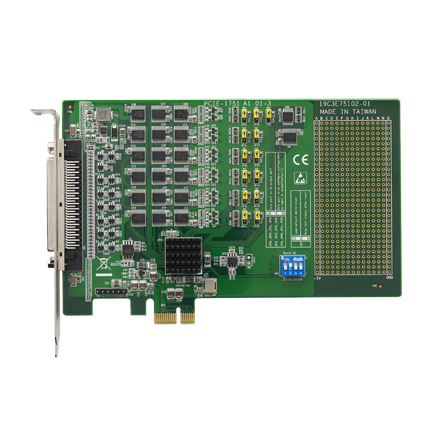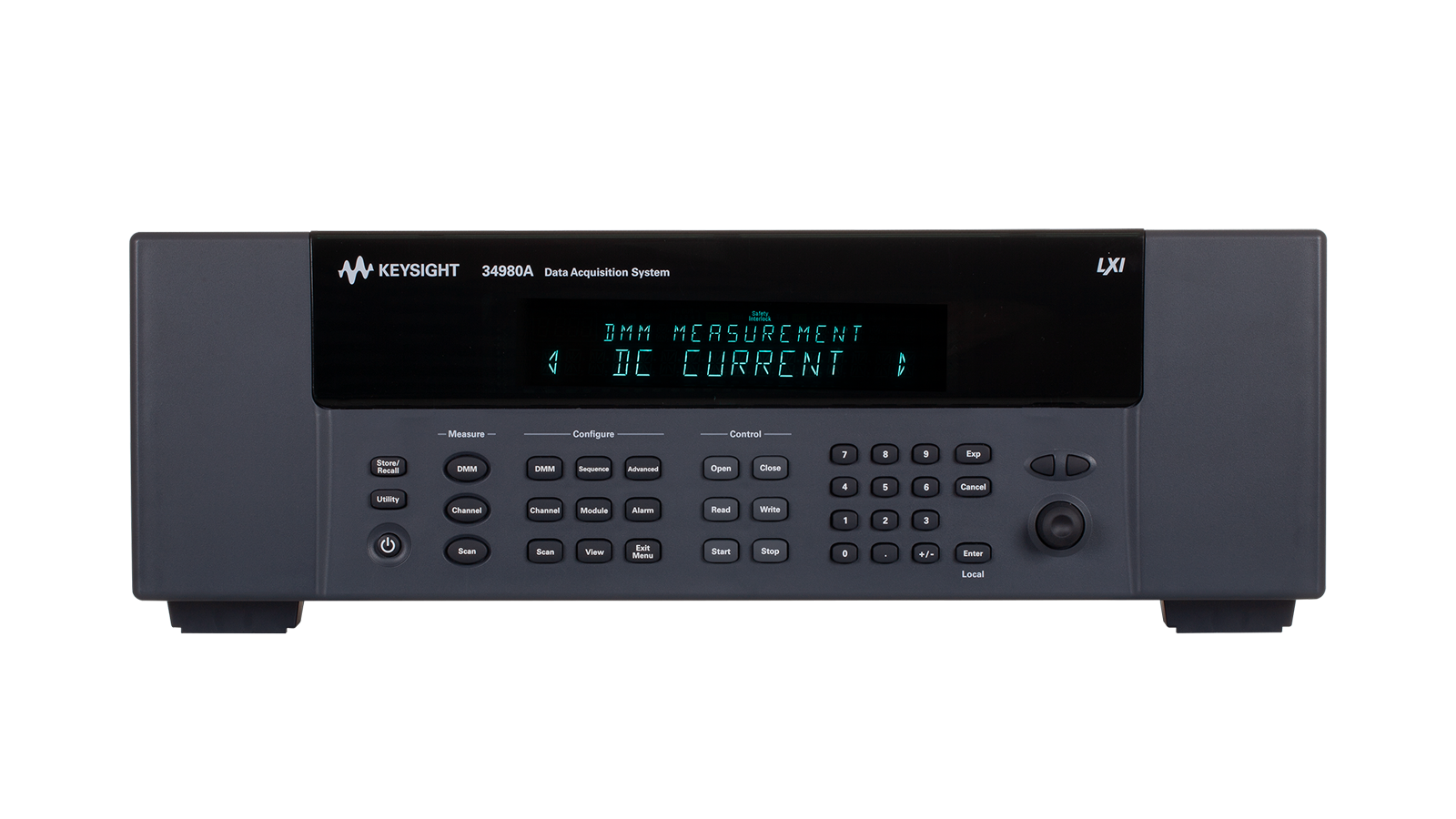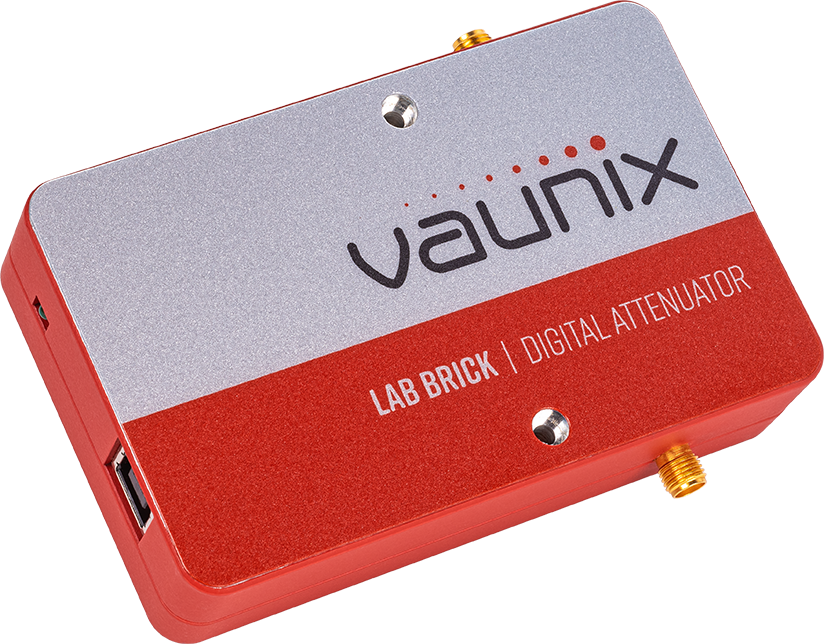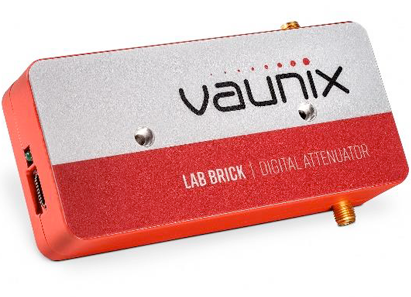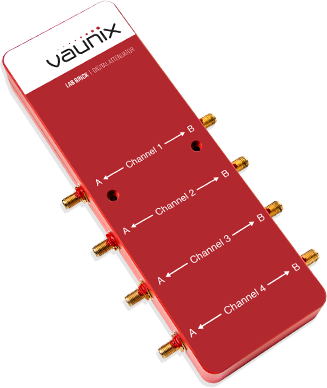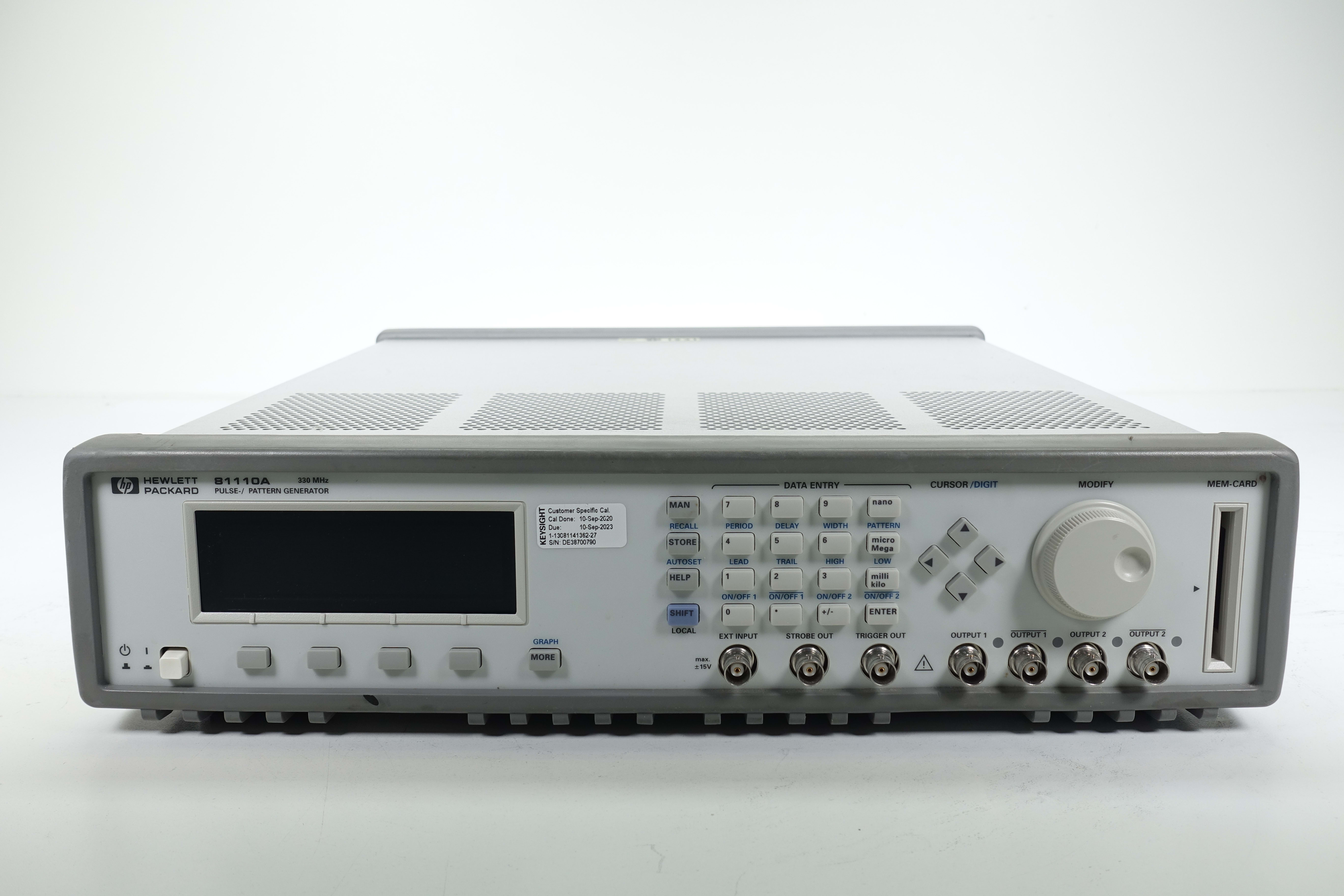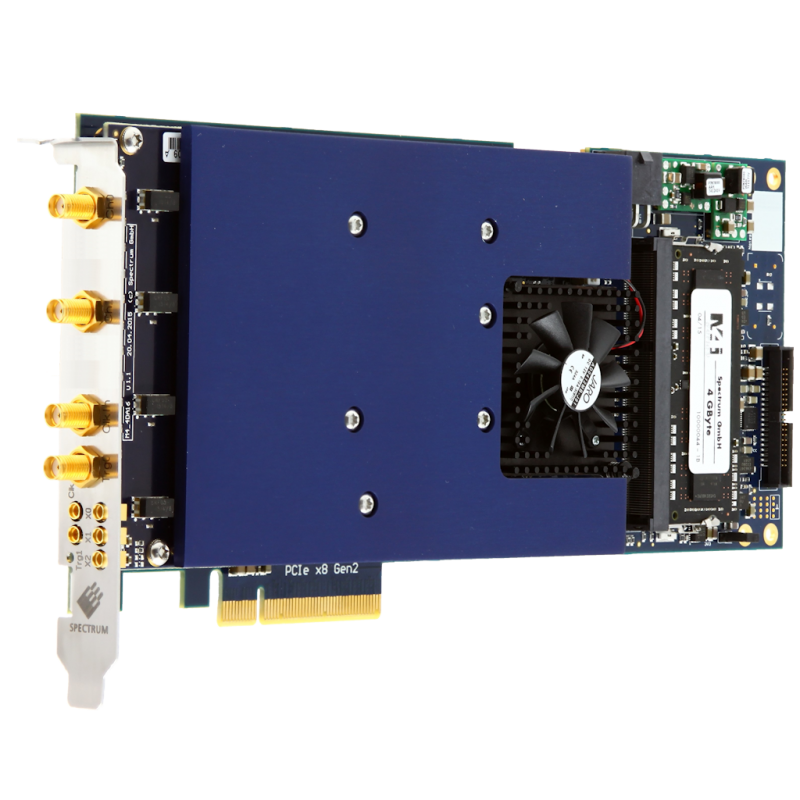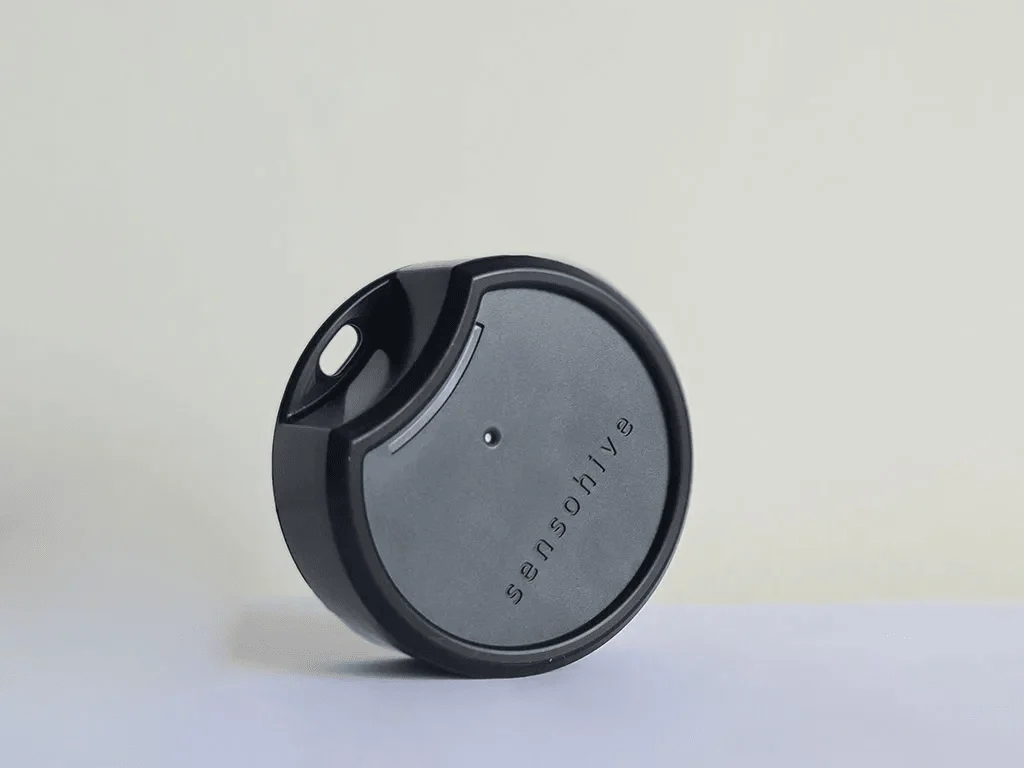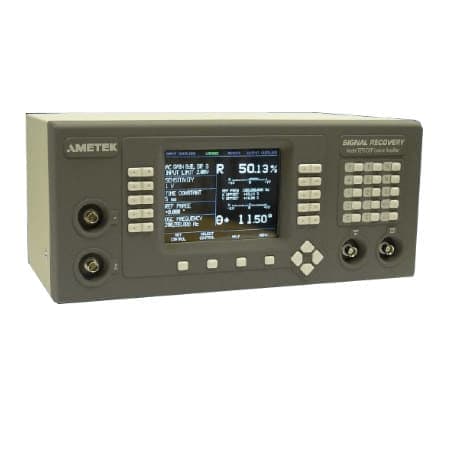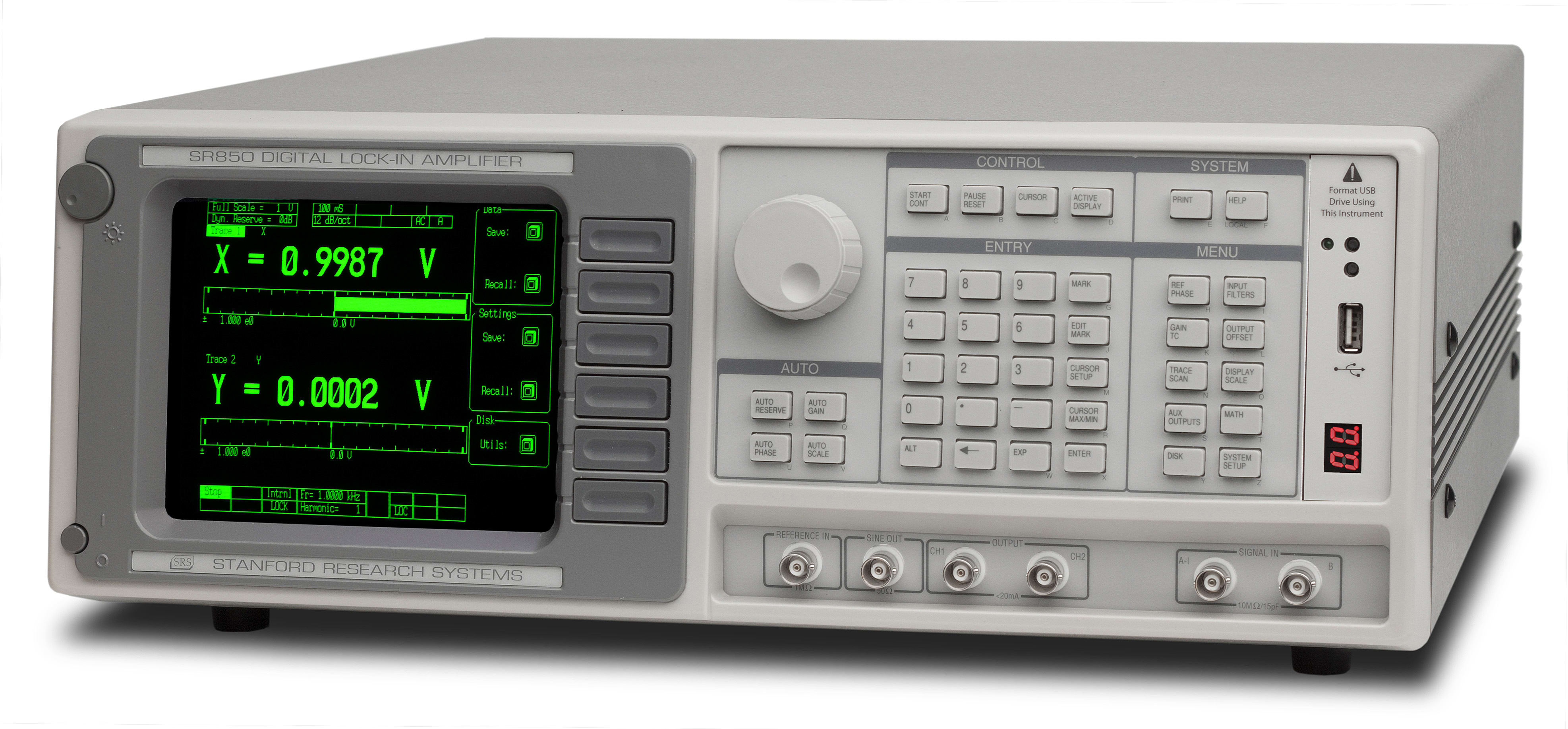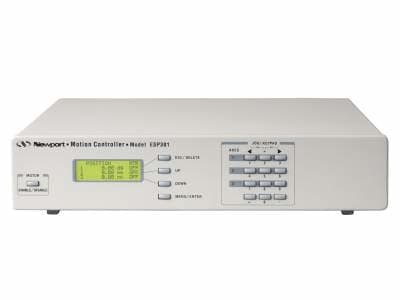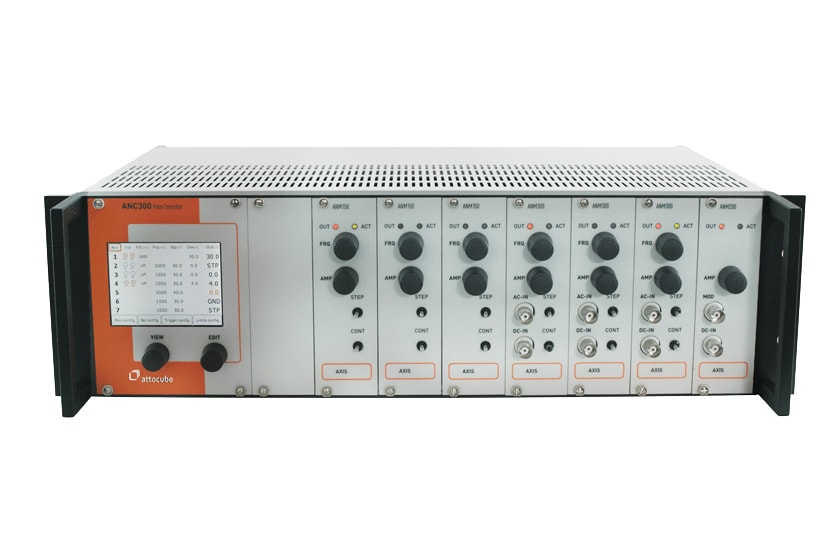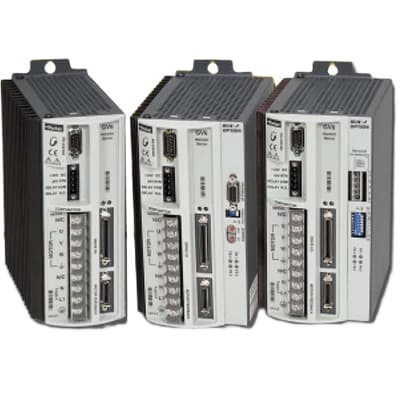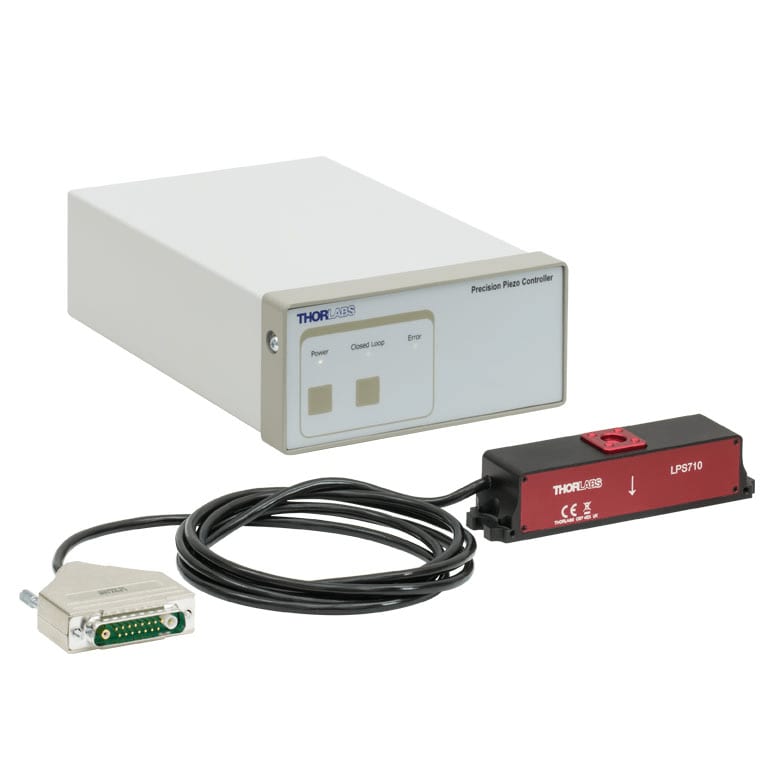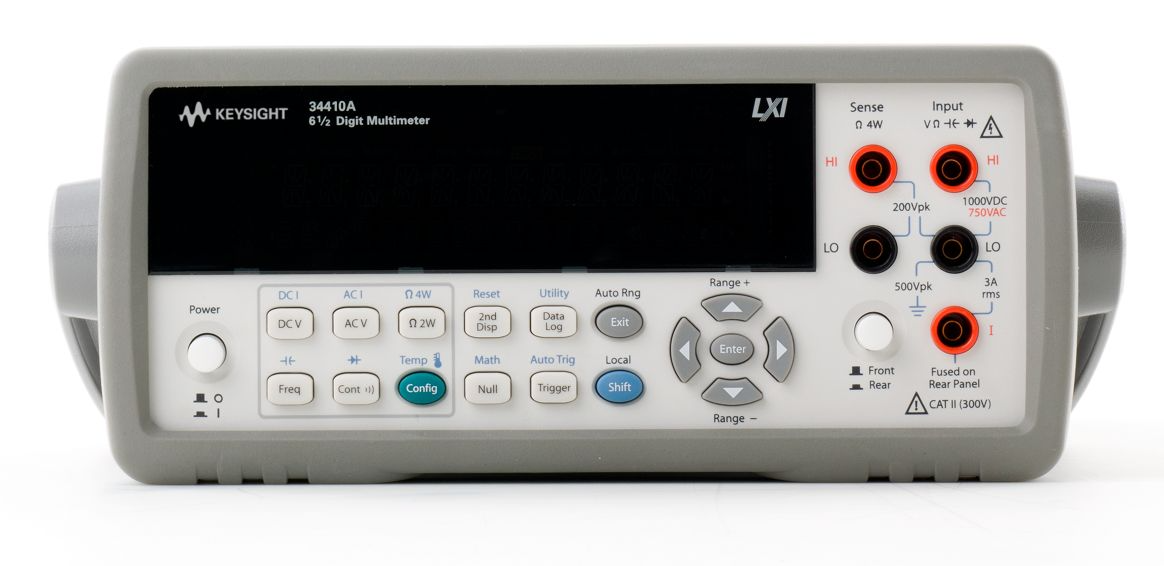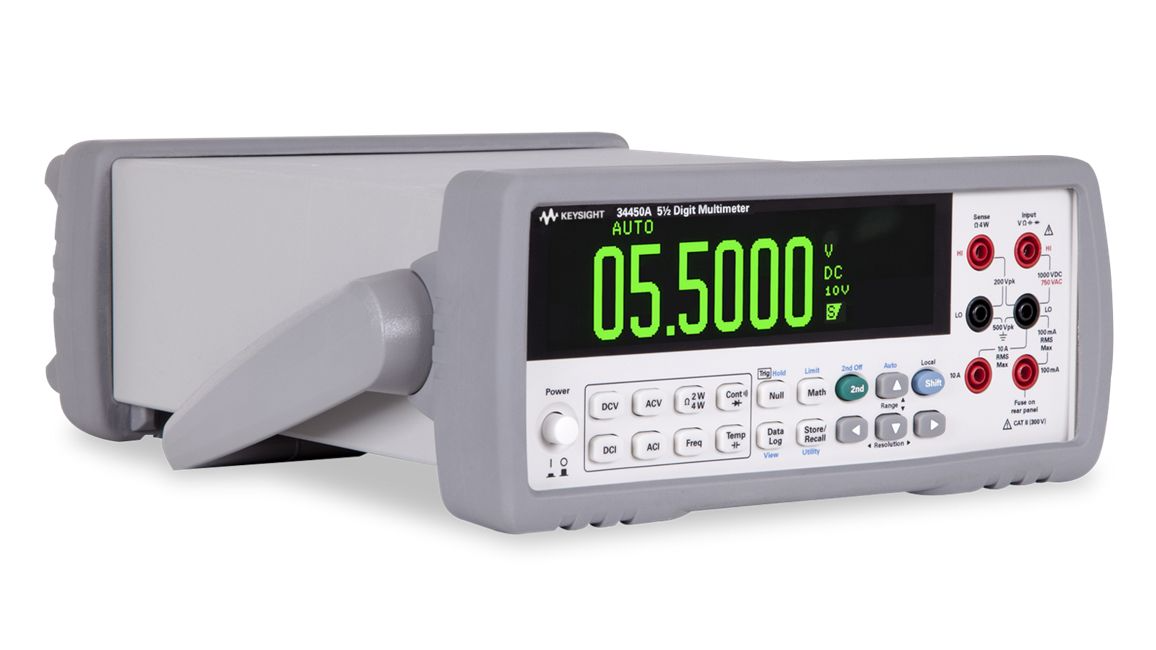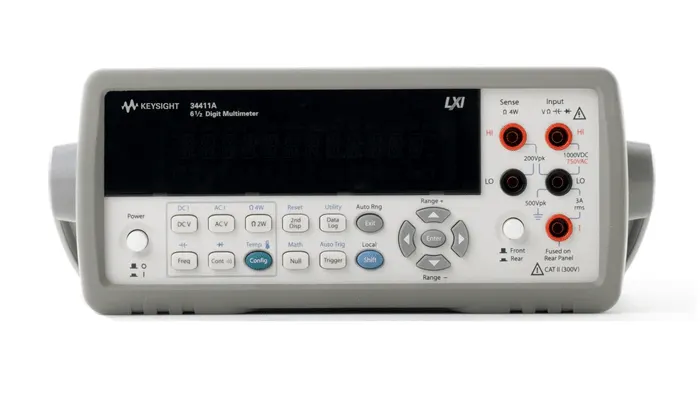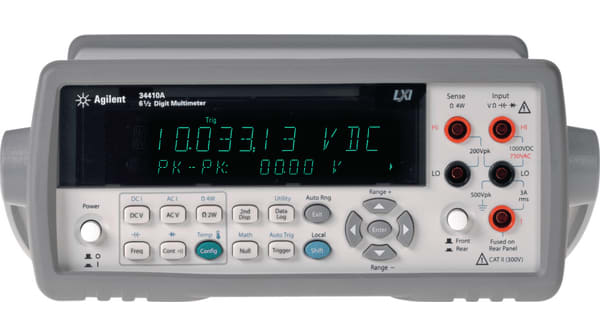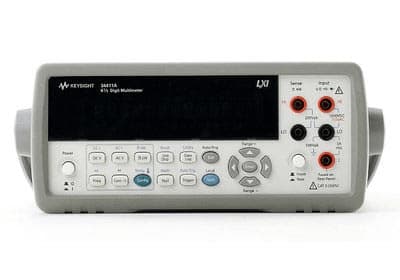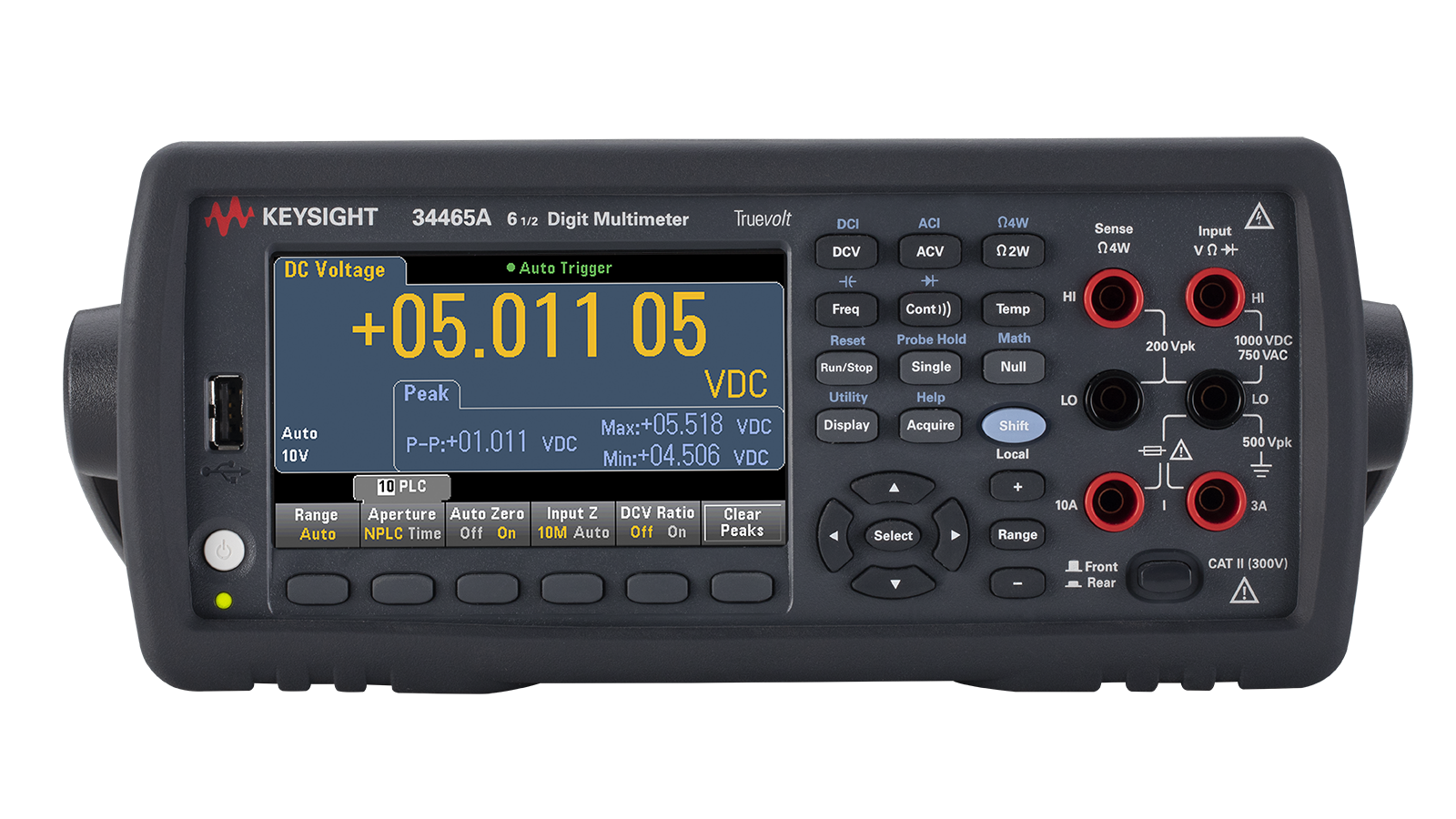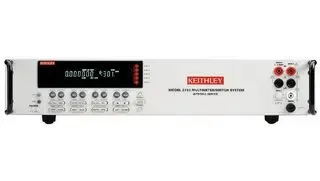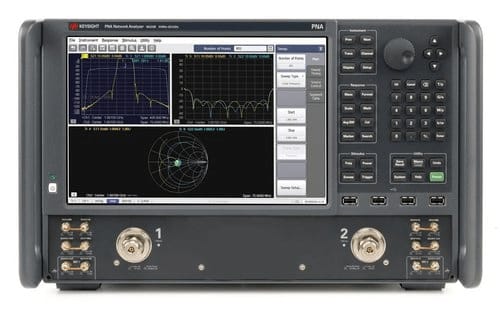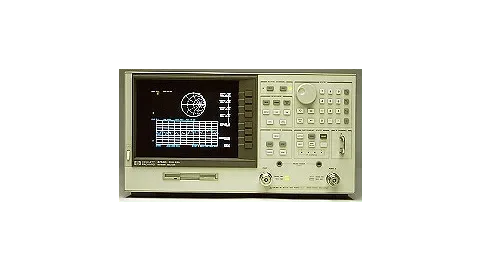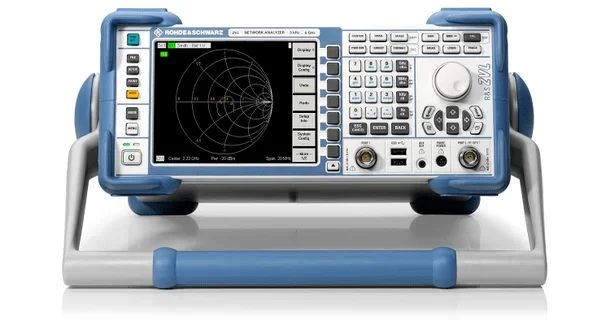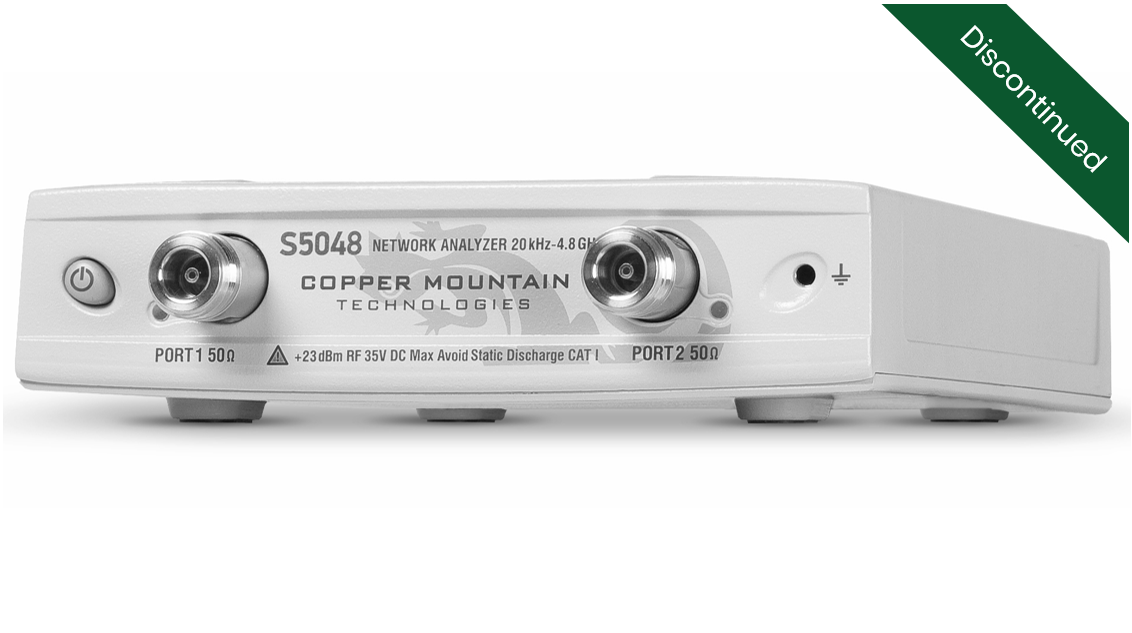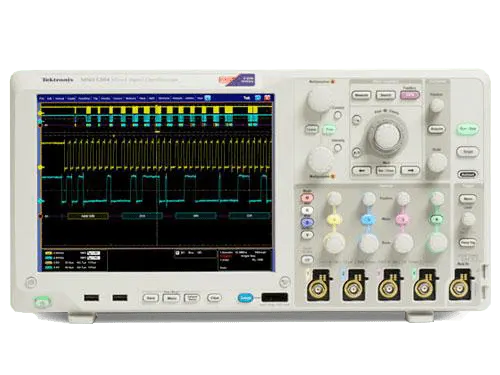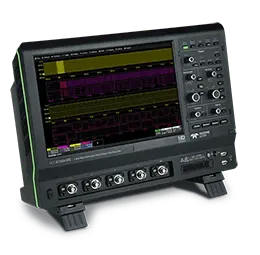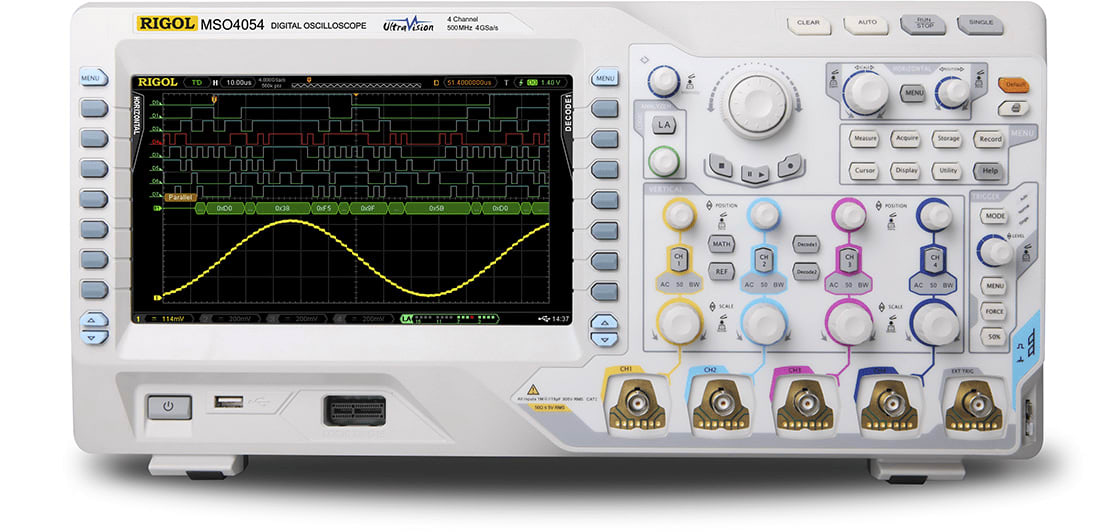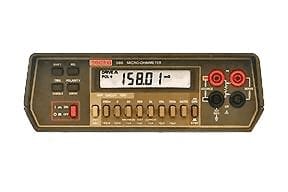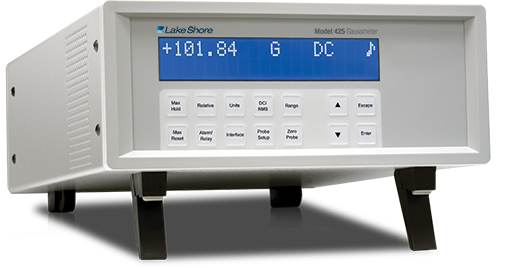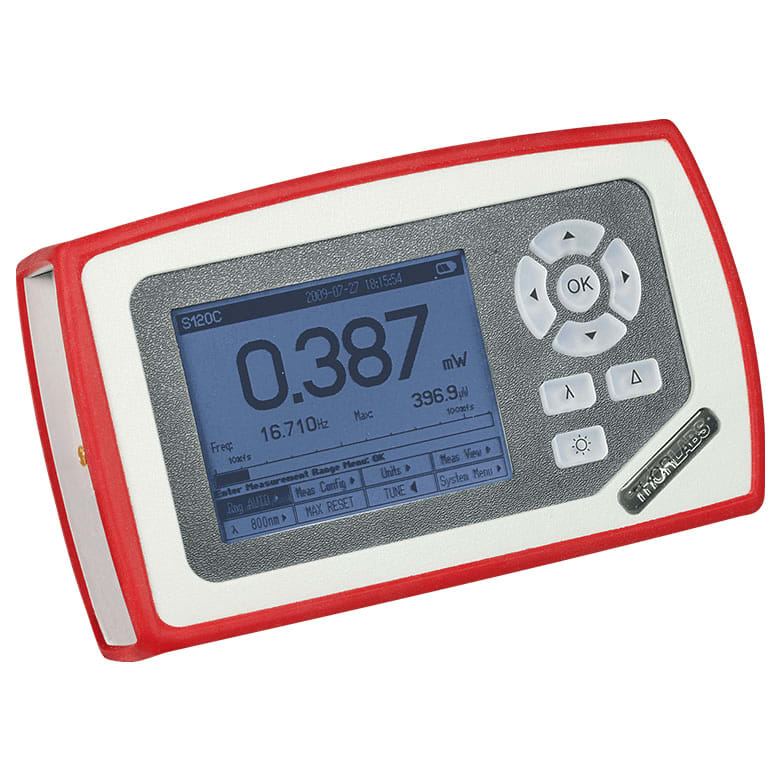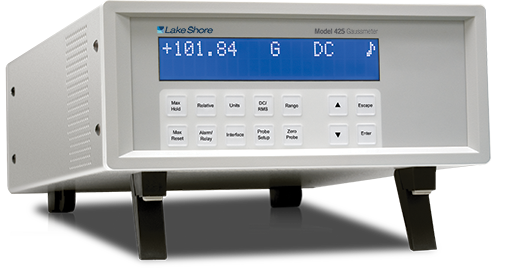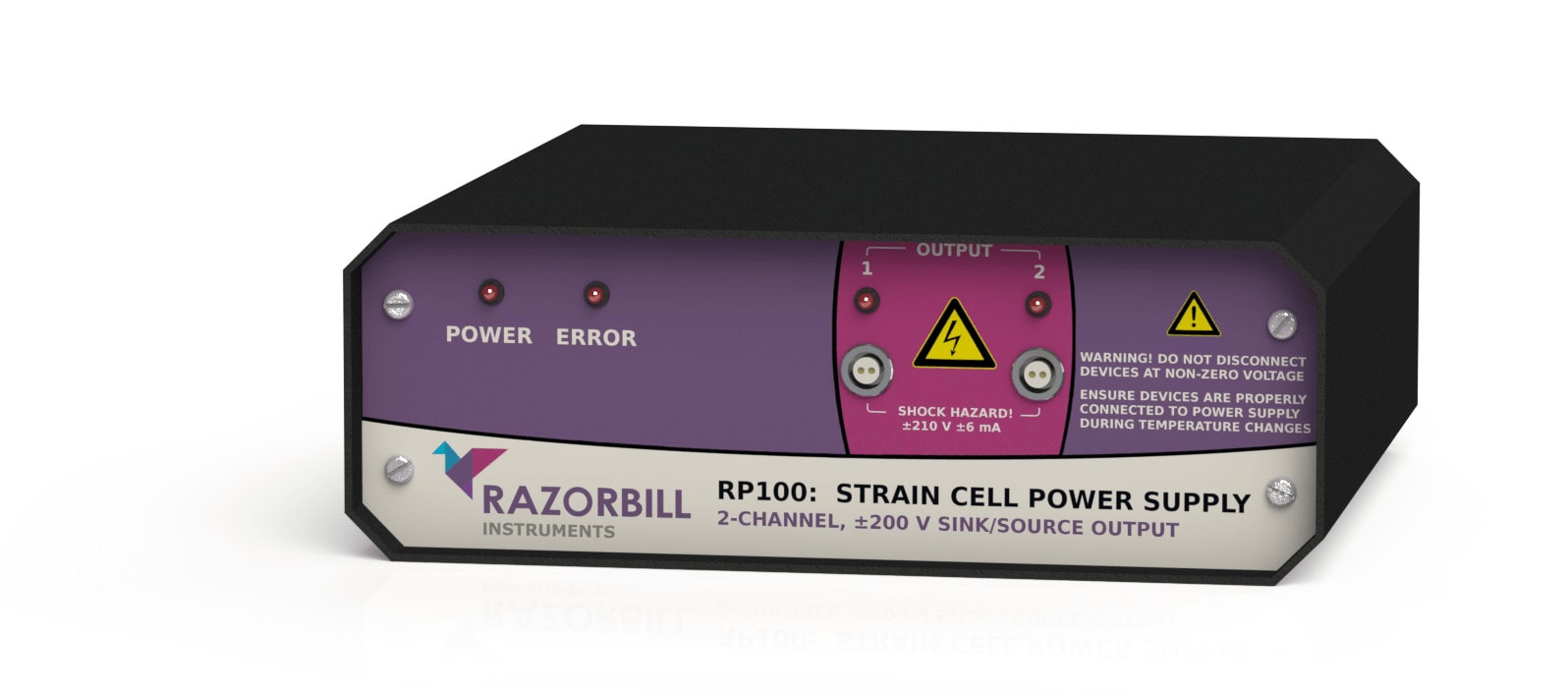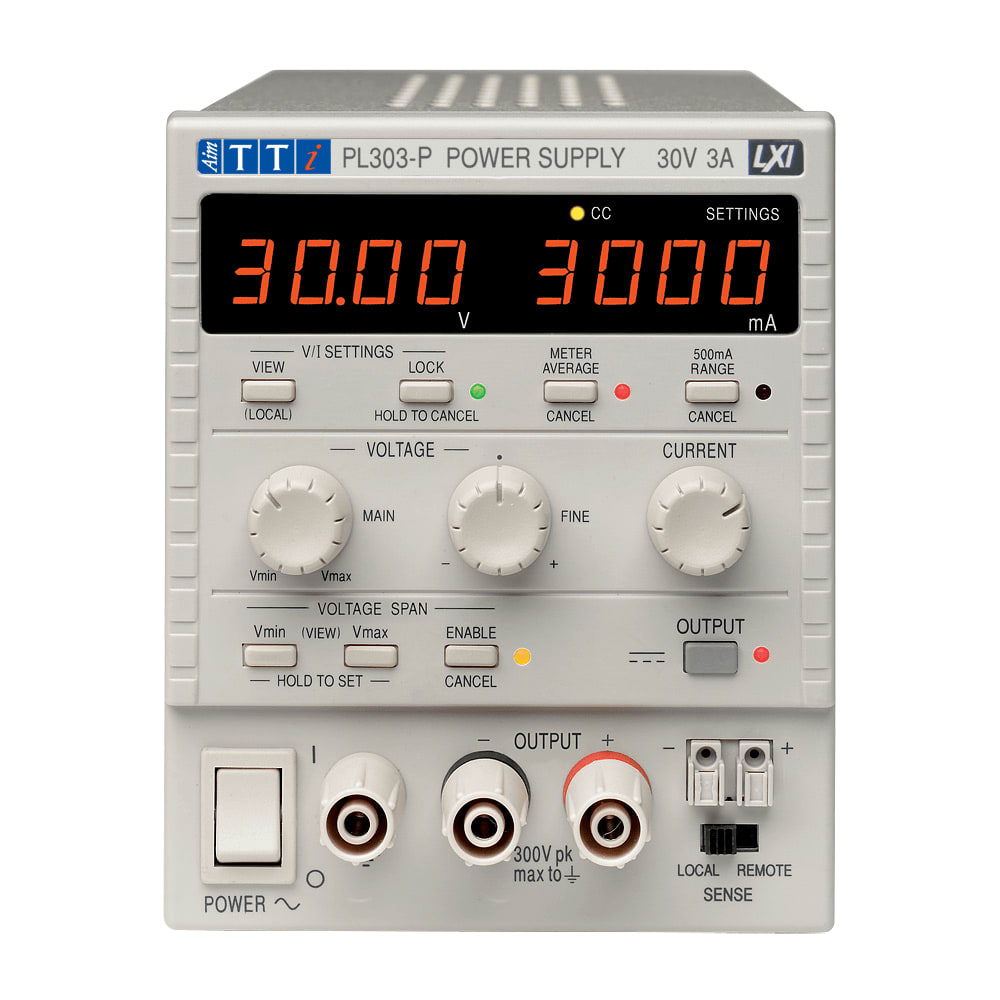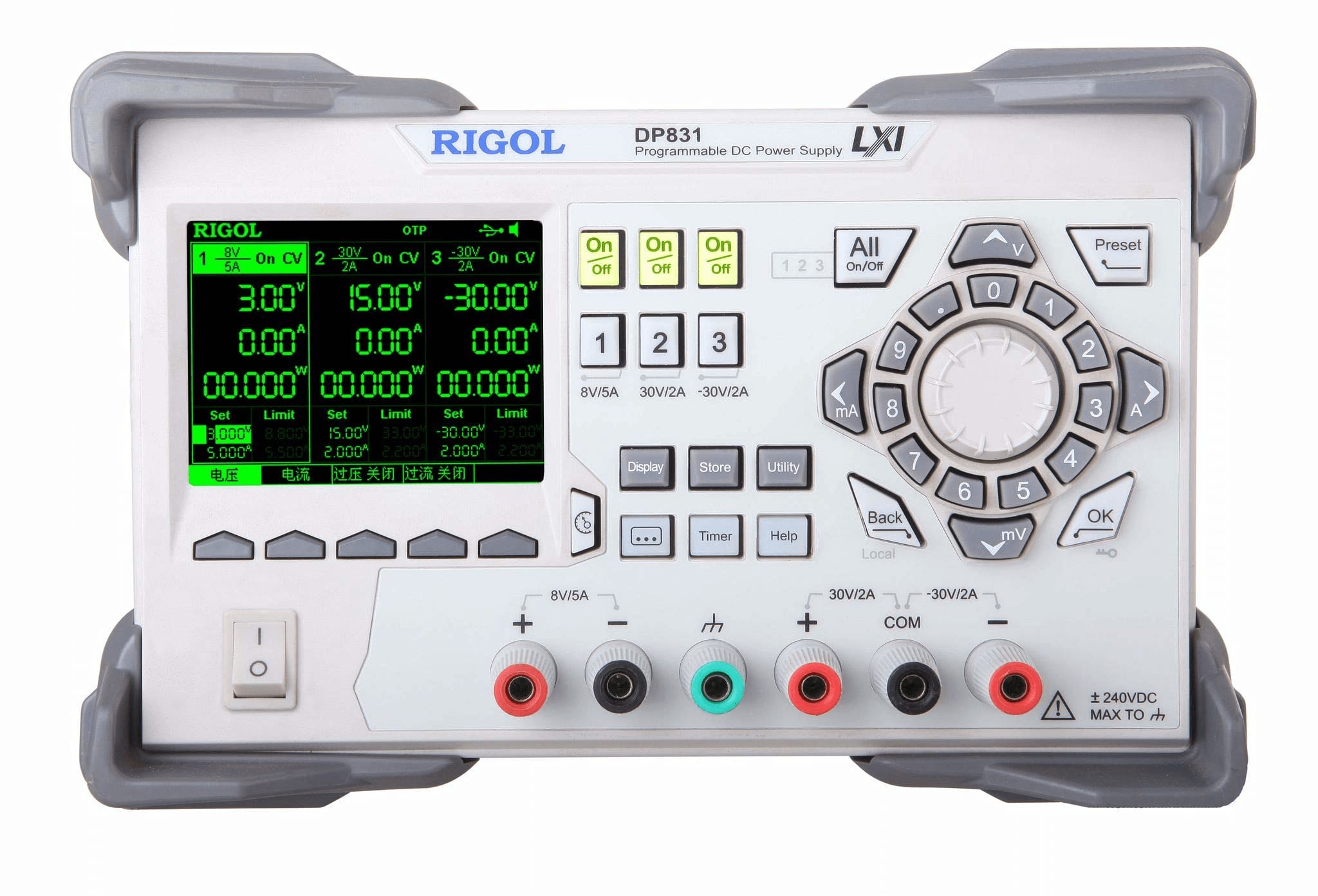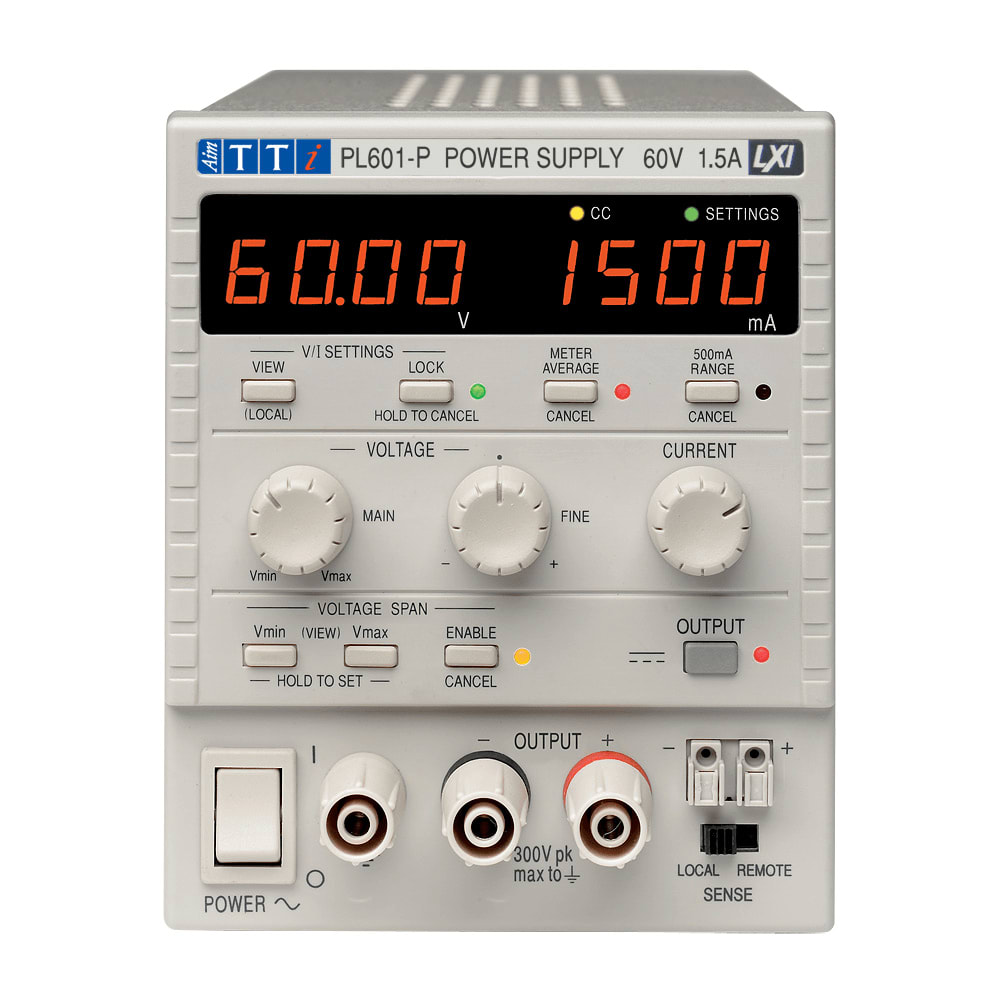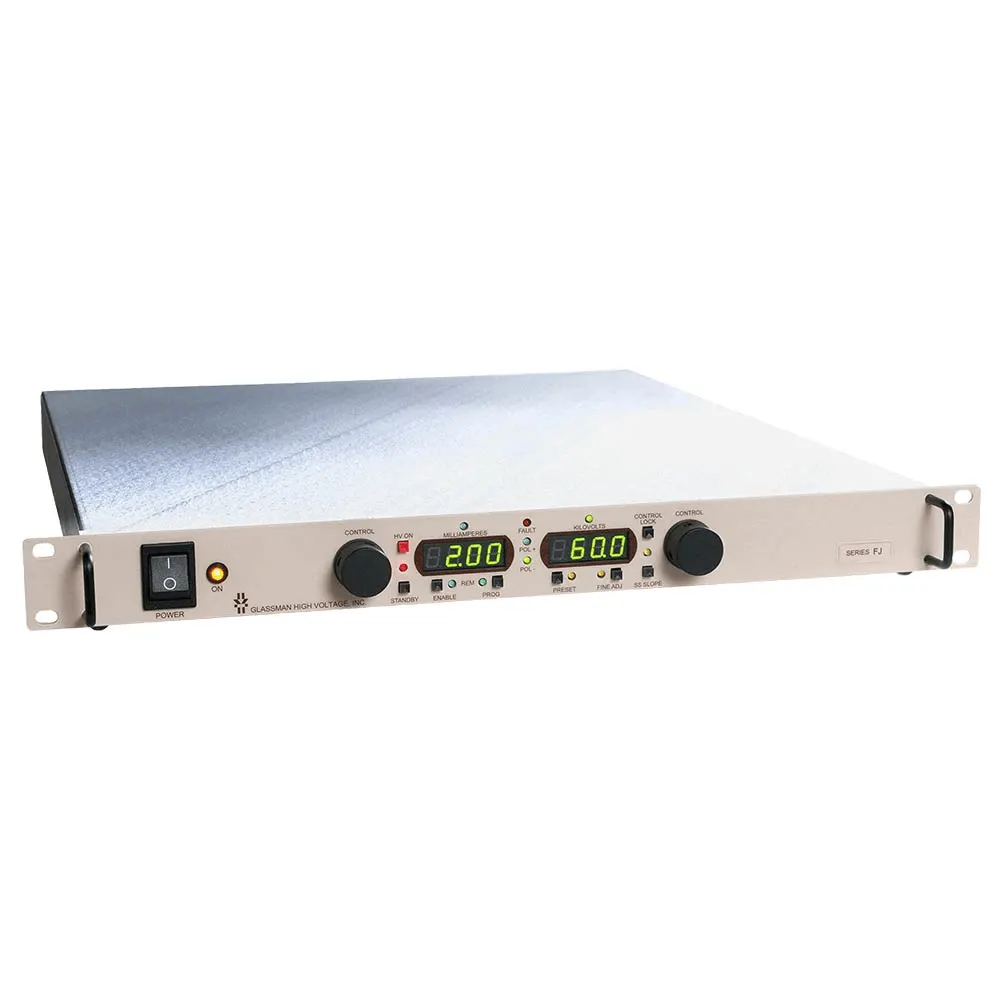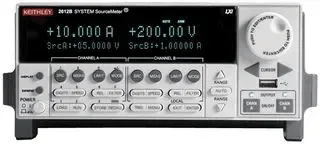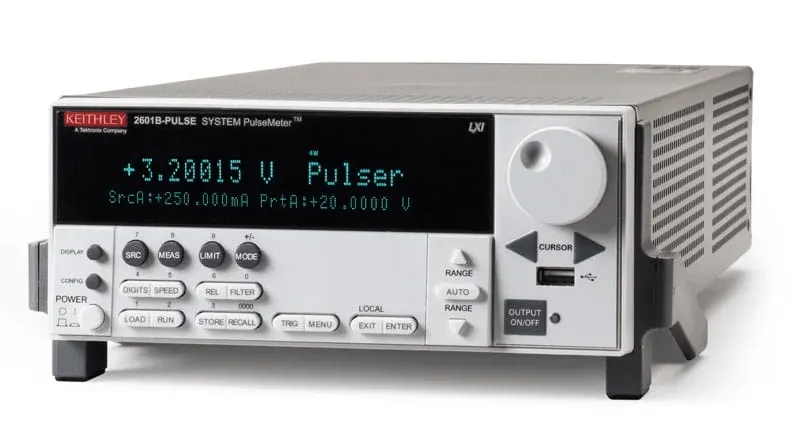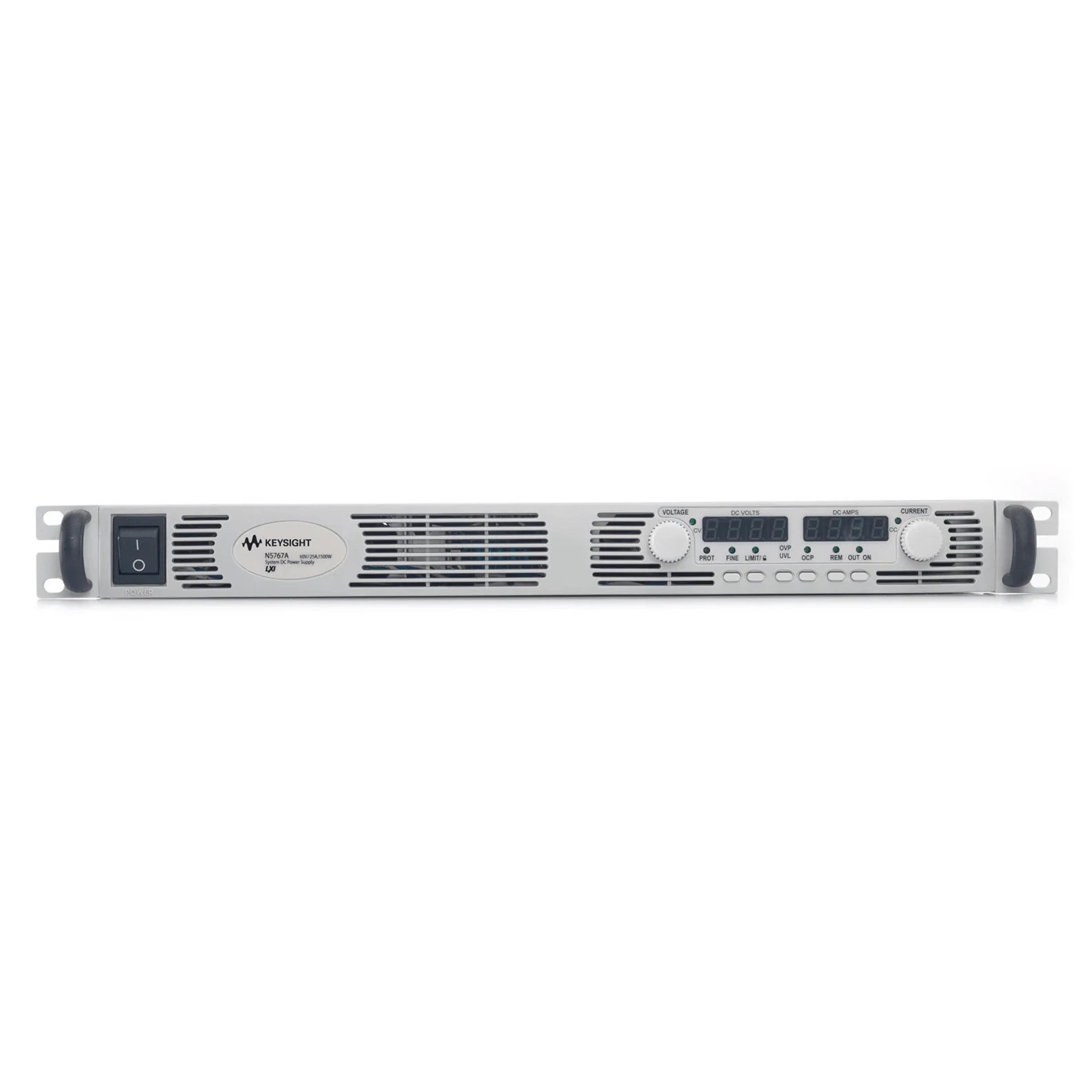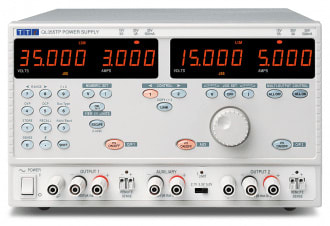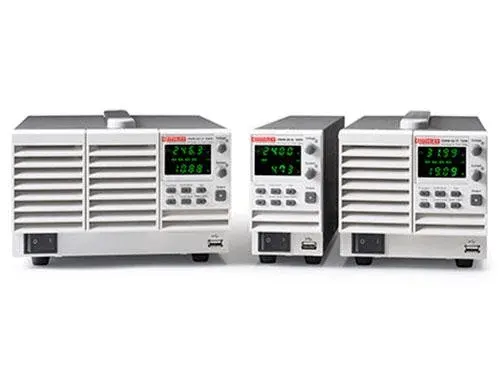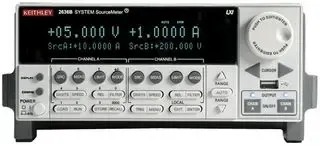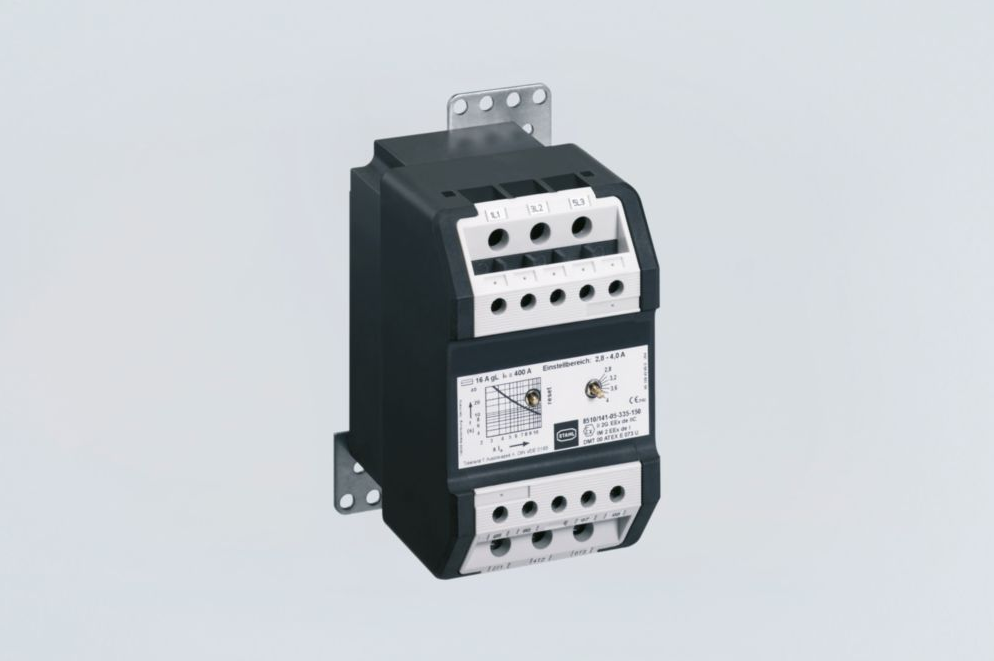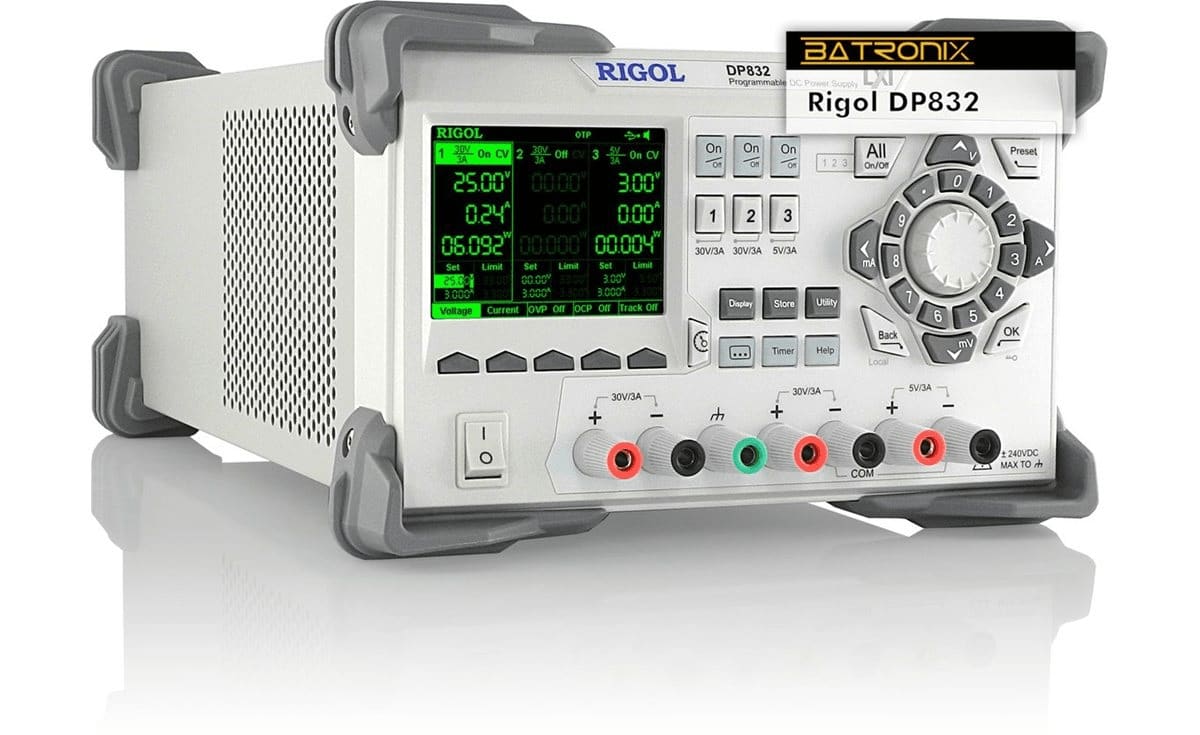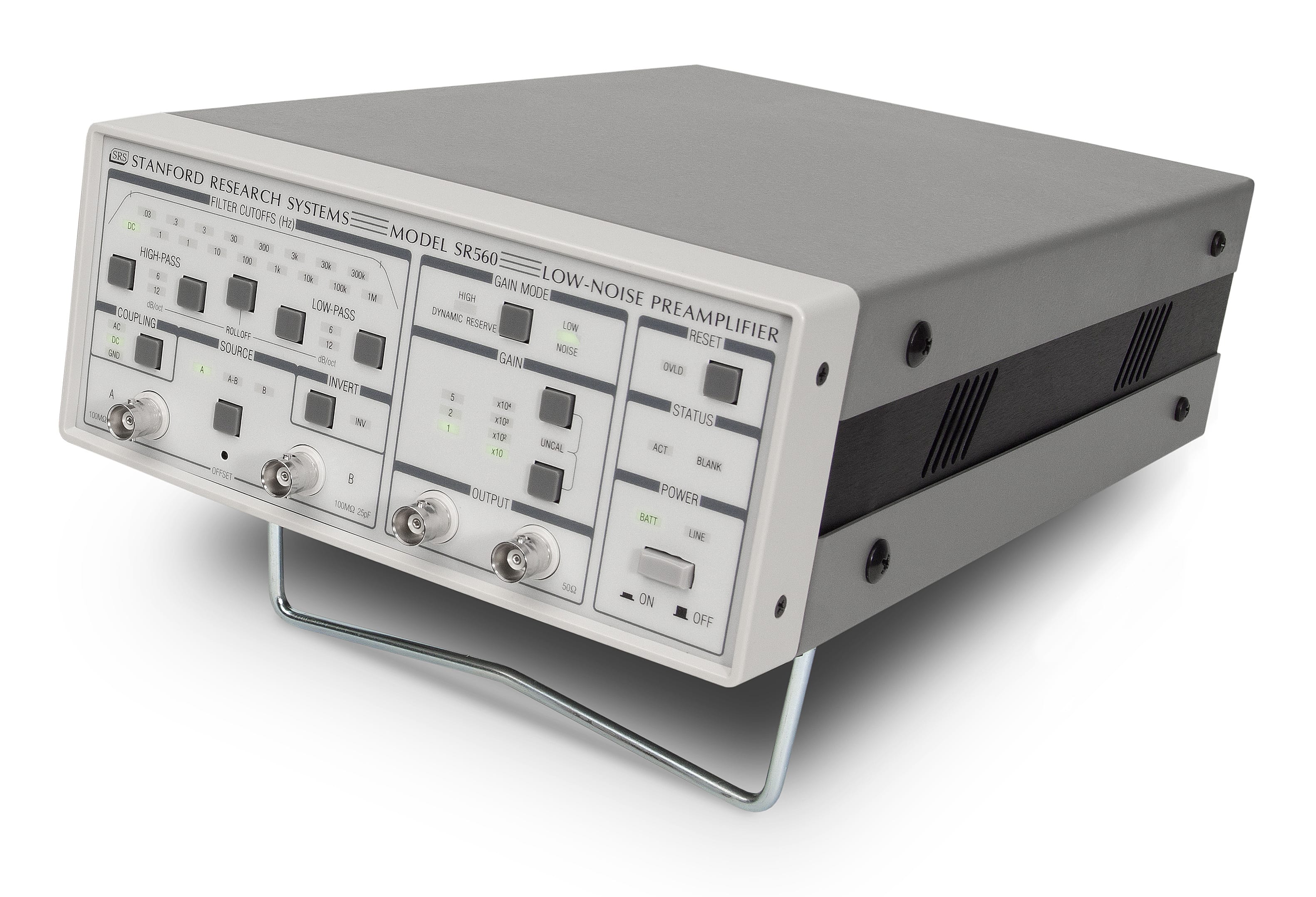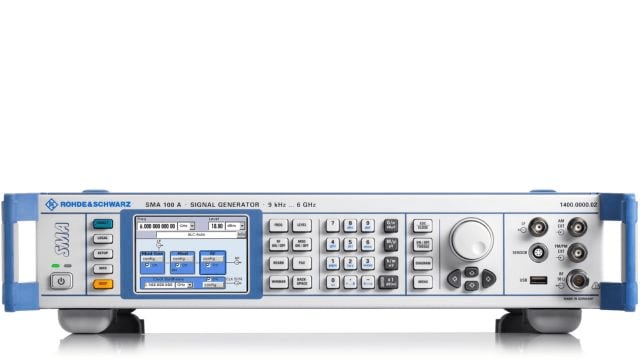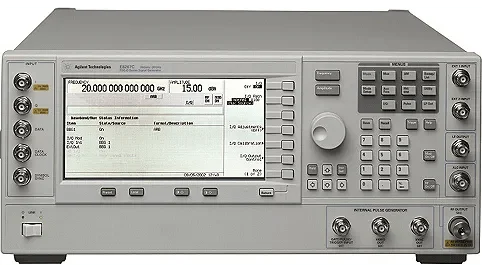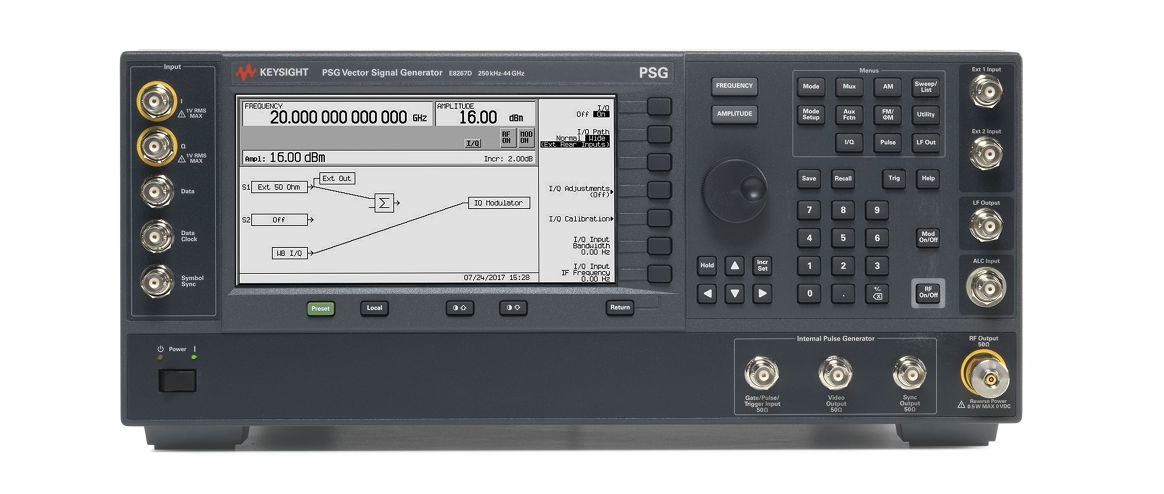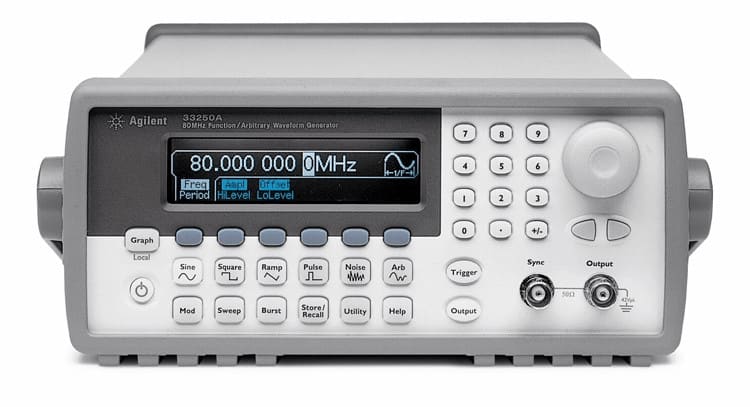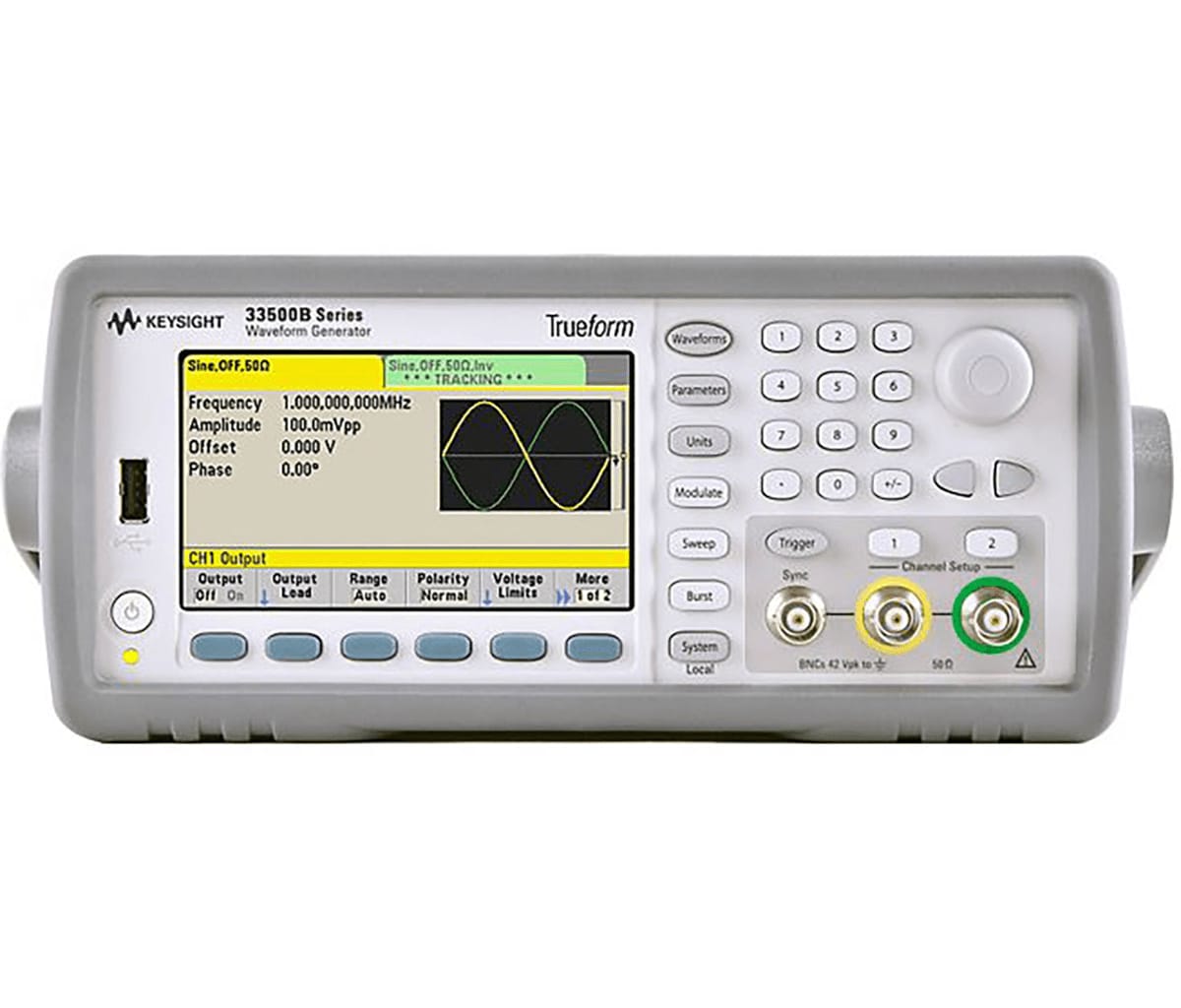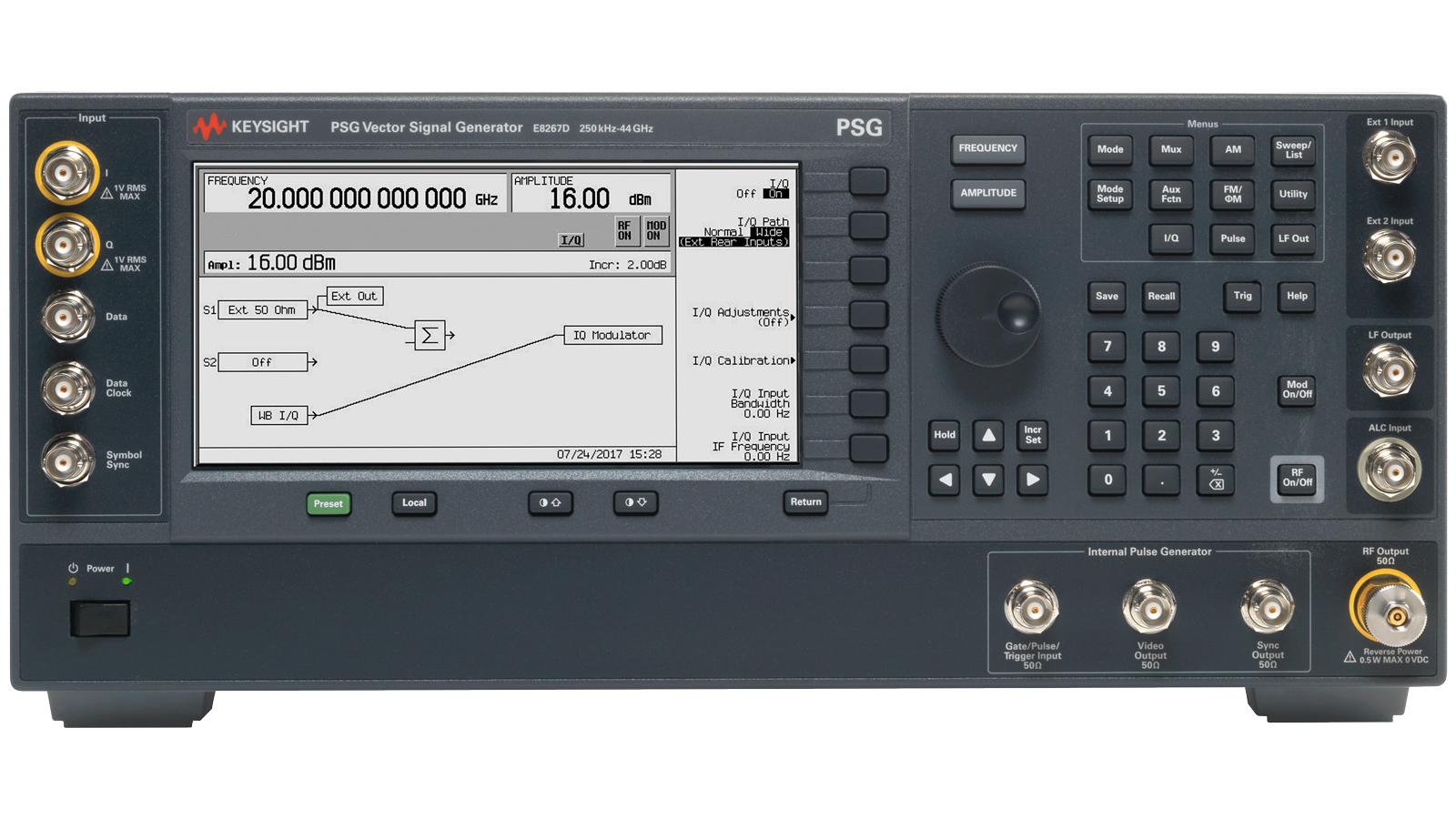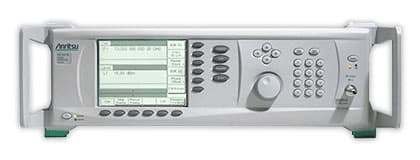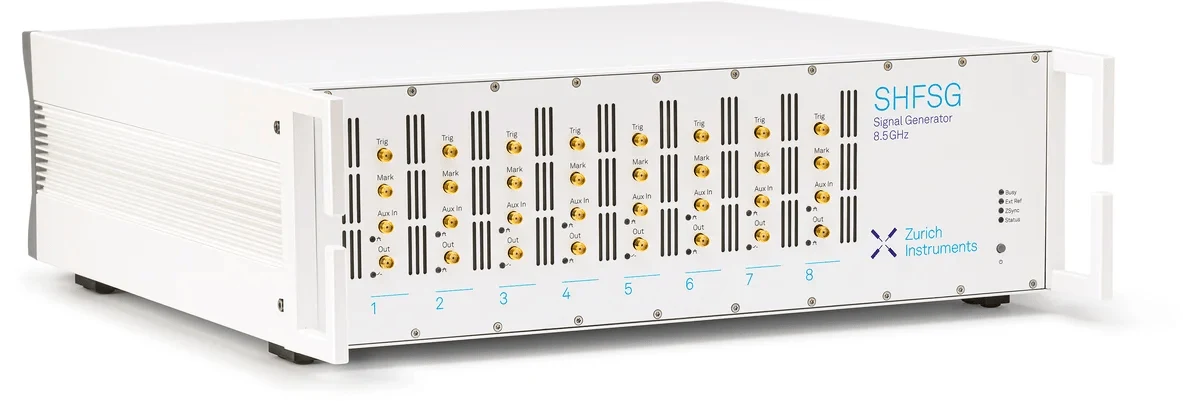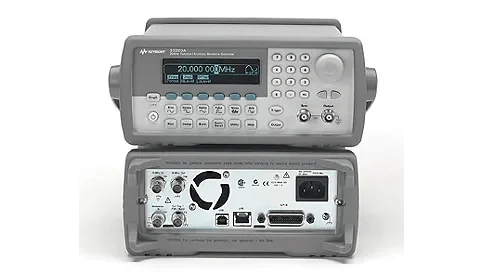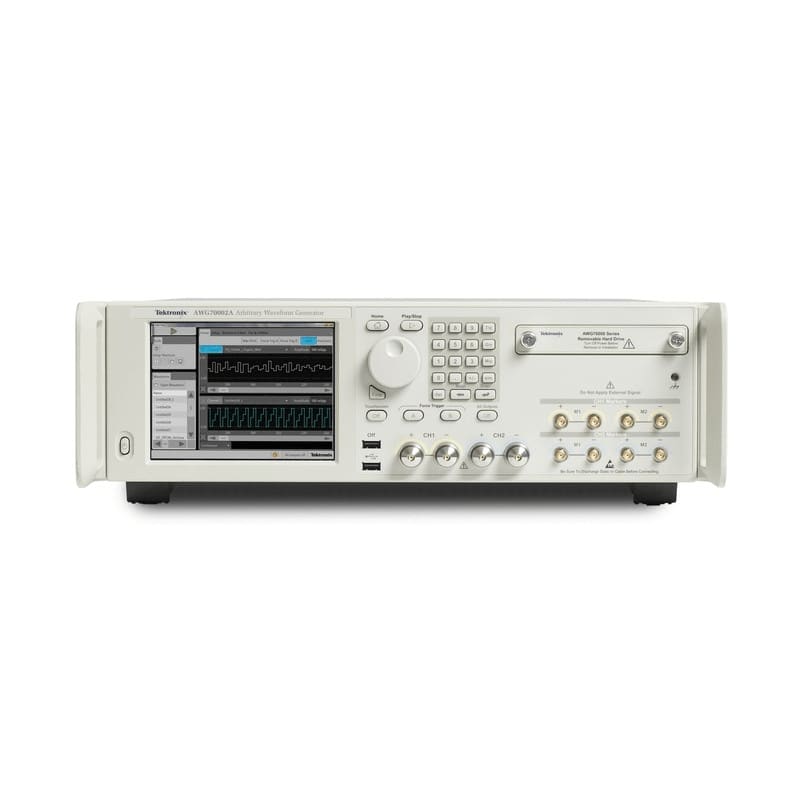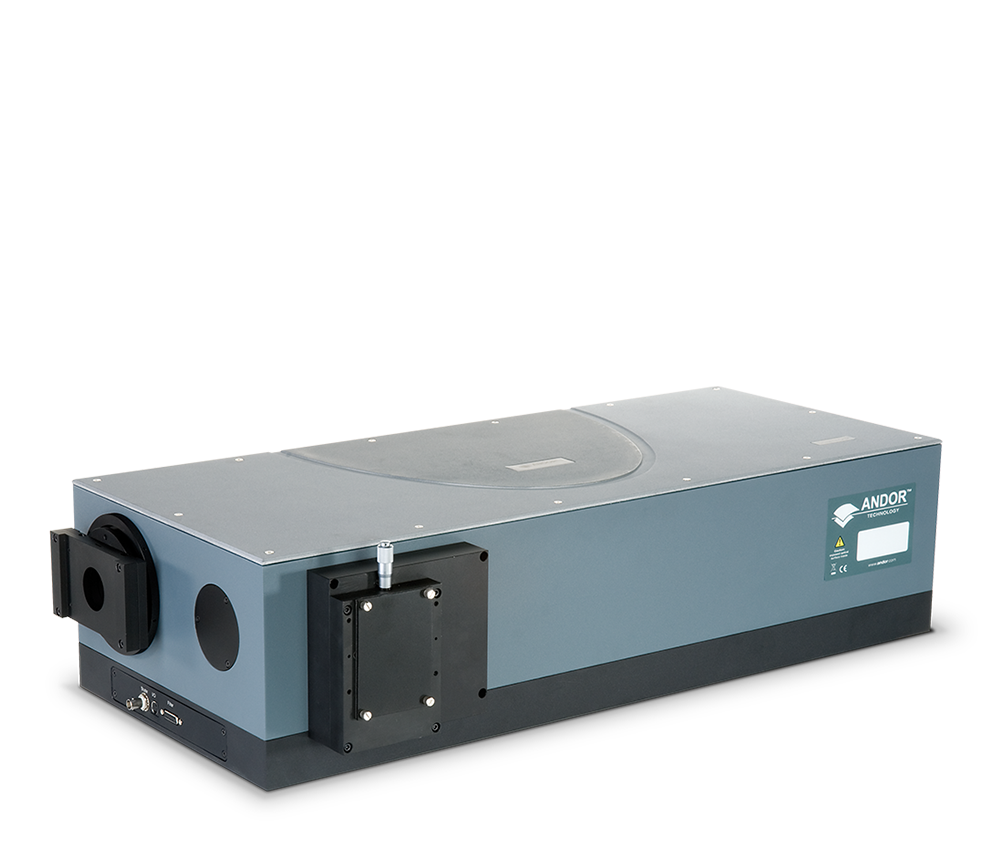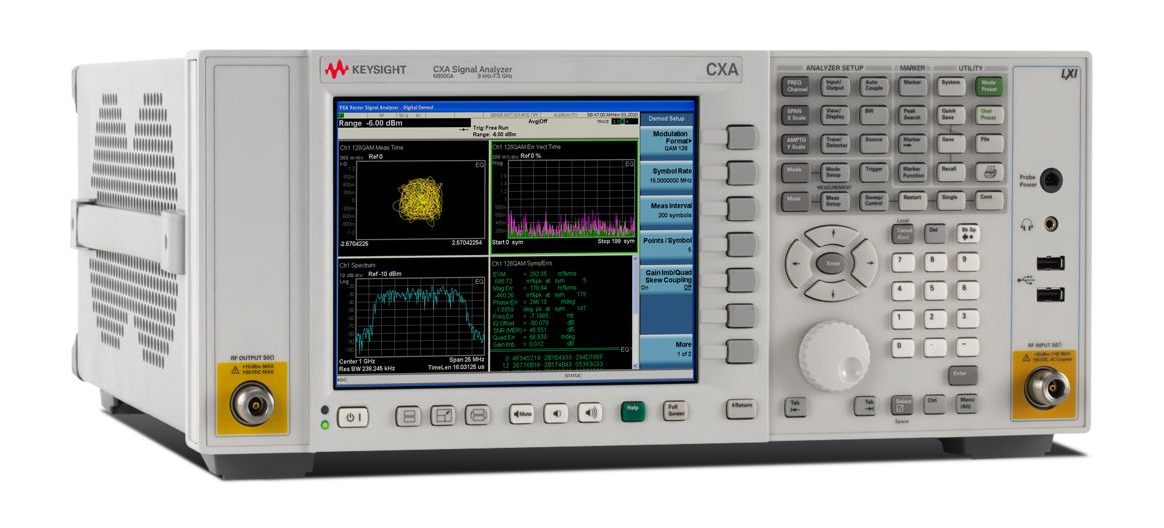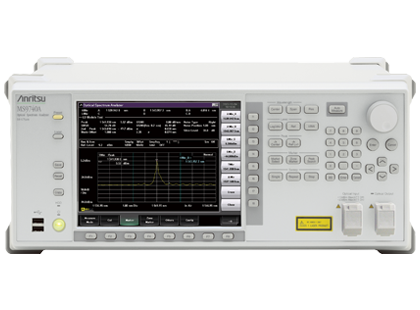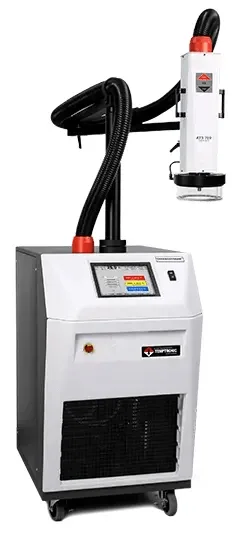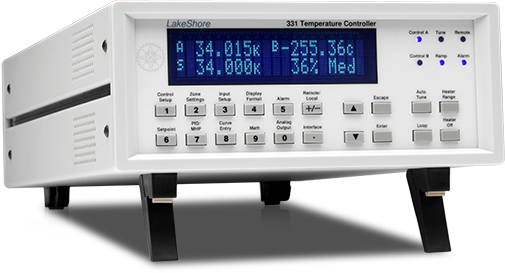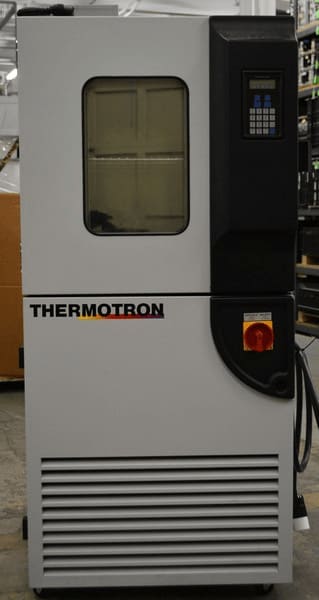Scientific Instruments Database for Python
Welcome to Flojoy’s Instruments Database of Python drivers!
Here you can find copy/paste Python examples for connecting to over 400 scientific instruments, sensors, motors, and actuators.
Balance Scales
Category Description
Balances, Scales and Weighing. Laboratory balances are used to accurately determine the mass or weight of an item or substance within a specific weight range and to a particular readability. They are typically used to measure the weight of smaller amounts of substances in grams, milligrams, or micrograms.
Cameras
Category Description
Machine vision (MV) is the technology and methods used to provide imaging-based automatic inspection and analysis for such applications as automatic inspection, process control, and robot guidance, usually in industry
Coincidence Counters
Category Description
In quantum physics, coincidence counting is used in experiments testing particle non-locality and quantum entanglement. In these experiments two or more particles are created from the same initial packet of energy, inexorably linking/entangling their physical properties. Separate particle detectors measure the quantum states of each particle and send the resulting signal to a coincidence counter. In any experiment studying entanglement, the entangled particles are vastly outnumbered by non-entangled particles which are also detected; patternless noise that drowns out the entangled signal. In a two detector system, a coincidence counter alleviates this problem by only recording detection signals that strike both detectors simultaneously (or more accurately, recording only signals that arrive at both detectors and correlate to the same emission time). This ensures that the data represents only entangled particles.
Daq Boards
Category Description
Data acquisition computer boards, also known as DAQ cards, are self-contained printed circuit boards (PCBs) that plug into backplanes, motherboards, or interface directly with a computer. They either have direct inputs or receive analog and digital inputs from signal conditioners, modules, relays or sensors. They are capable of supplying outputs in the form of an analog voltage, current, frequency, or switched output. They are used to translate signal and sensor data into a digital format that computers can process.
Digital Analog Converters
Category Description
In electricity generation, a generator[1] is a device that converts motive power (mechanical energy) or fuel-based power (chemical energy) into electric power for use in an external circuit. Sources of mechanical energy include steam turbines, gas turbines, water turbines, internal combustion engines, wind turbines and even hand cranks. The first electromagnetic generator, the Faraday disk, was invented in 1831 by British scientist Michael Faraday. Generators provide nearly all of the power for electric power grids.
Digital Attenuators
Category Description
An attenuator is an electronic device that reduces the power of a signal without appreciably distorting its waveform.
An attenuator is effectively the opposite of an amplifier, though the two work by different methods. While an amplifier provides gain, an attenuator provides loss, or gain less than 1.
Dilution Refrigerators
Category Description
A 3He/4He dilution refrigerator is a cryogenic device that provides continuous cooling to temperatures as low as 2 mK, with no moving parts in the low-temperature region.[1][2] The cooling power is provided by the heat of mixing of the helium-3 and helium-4 isotopes.
The dilution refrigerator was first proposed by Heinz London in the early 1950s, and was experimentally realized in 1964 in the Kamerlingh Onnes Laboratorium at Leiden University.[3] The field of dilution refrigeration is reviewed by Zu et al.
Electronic Loads
Category Description
An electronic load is a test instrument designed to sink current and absorb power out of a power source. If a power supply is used to power a device, an electronic load is used to test the power supply by emulating the device under test (DUT). Power supplies and electronic loads are complementary test equipment. The power supply tests electronic circuits under specific sourcing conditions. The electronic load tests the energy sources or energy conversion blocks under specific loading constraints. An electronic load is a programmable instrument that offers the user various modes of control such as constant voltage (CV), constant current (CC), constant power (CP) or constant resistance (CR).
Frequency Synthesizers
Category Description
A frequency synthesizer is an electronic circuit that generates a range of frequencies from a single reference frequency.
Function Generators
Category Description
Signal generators are routinely used when designing, manufacturing, testing, troubleshooting, servicing, calibrating or repairing electronic devices. Depending on the frequency range of the signal generator and electronic device, this may range from mechanical- and electro-accoustic applications to high and ultra-high frequencies in the digital, wireless, radar spectrum
Humidity Sensors
Category Description
A humidity sensor is an electronic device that measures the humidity in its environment and converts its findings into a corresponding electrical signal. Humidity sensors vary widely in size and functionality; some humidity sensors can be found in handheld devices (such as smartphones), while others are integrated into larger embedded systems (such as air quality monitoring systems). Humidity sensors are commonly used in the meteorology, medical, automobile, HVAC and manufacturing industries.
Iv Converters
Category Description
An I/V-convertor is intended to convert the current from a DAC (Digital Analog Convertor) into an analog voltage and to filter this signal to keep out the alias frequencies
Laser Diode Controllers
Category Description
Laser diode controllers have an integrated precision laser diode driver and high stability temperature controller. Multiple levels of laser diode protection are built into each instrument including isolated power supplies, slow start, adjustable current limit and compliance voltage, intermittent contact protection, and output shorting relays. To complement our line of laser diode controllers, ILX Lightwave offers a wide variety of laser diode mounts and fixtures with standard interconnection cables.
Lasers
Category Description
A laser diode (LD, also injection laser diode or ILD, or diode laser) is a semiconductor device similar to a light-emitting diode in which a diode pumped directly with electrical current can create lasing conditions at the diode’s junction
Lockin Amplifiers
Category Description
A Microwave RF Amplifier is an electronic device that amplifies a low power radio frequency signal to one with larger amplitude within a wireless system. RF Amplifiers from the leading manufacturers are listed below. Use the filters to narrow down on products based on your requirement. Download datasheets and request quotes for products that you find interesting. Your inquiry will be directed to the manufacturer and their distributors in your region.
Mass Controllers
Category Description
A mass flow controller automatically controls the flow rate of a gas according to a set flow rate sent as an electric signal, without being affected by use conditions or changes in gas pressure
Motor Controllers
Category Description
Motion control is a sub-field of automation, encompassing the systems or sub-systems involved in moving parts of machines in a controlled manner. Motion control systems are extensively used in a variety of fields for automation purposes, including precision engineering, micromanufacturing, biotechnology, and nanotechnology.[1] The main components involved typically include a motion controller, an energy amplifier, and one or more prime movers or actuators. Motion control may be open loop or closed loop. In open loop systems, the controller sends a command through the amplifier to the prime mover or actuator, and does not know if the desired motion was actually achieved. Typical systems include stepper motor or fan control. For tighter control with more precision, a measuring device may be added to the system (usually near the end motion). When the measurement is converted to a signal that is sent back to the controller, and the controller compensates for any error, it becomes a Closed loop System.
Multimeters
Category Description
Keysight’s digital multimeter family offers exceptional performance and reliability from 3.5 to 8.5 digits resolution with measurement speeds up to 100,000 readings/sec, and available in handheld or bench applications.
Multiplexer Switch Modules
Category Description
PXI Multiplexer Switch Modules are ideal for high-channel-count applications that need to connect measurement or signal generation instruments to various test points on devices or units under test (DUTs or UUTs). PXI Multiplexer Switch Modules use a variety of relay types, including electromechanical armature relays, reed relays, field-effect transistor (FET) relays, and solid-state relays, each with their own benefits, allowing you to choose a multiplexer that fits your requirements. To program the switches, you can use the IVI-compliant NI-SWITCH driver software, complete with help documentation, example programs, and a soft front panel application for interactive control of switches. For intelligent management of complex switch systems, NI Switch Executive provides additional software tools to help you design, build, and deploy your switching system.
Network Analyzers
Category Description
Vector network analyzers are crucial for the characterization of the devices and components used in radio frequency and microwave systems. This includes network testing for wifi, computer networks, cell phone coverage, and much more. These powerful devices are used in various stages of product development and can be used to verify the performance of various components such as antennas, amplifiers, cables, and many other active or passive devices. We use network analyzers to test these components to verify specifications of building blocks for more complex RF systems. Testing these systems ensures distortion-free transmission of communication signals and ensures a good match when absorbing power.
Oscilloscopes
Category Description
An oscilloscope is a type of electronic test instrument that graphically displays varying voltages of one or more signals as a function of time. The main purpose is capture information on electrical signals for debugging, analysis, or characterization. The displayed waveform can then be analyzed for properties such as amplitude, frequency, rise time, time interval, distortion, and others. Originally, calculation of these values required manually measuring the waveform against the scales built into the screen of the instrument.[1] Modern digital instruments may calculate and display these properties directly.
Photon Counting Systems
Category Description
Photon counting is a technique in which individual photons are counted using a single-photon detector (SPD). A single-photon detector emits a pulse of signal for each detected photon. The counting efficiency is determined by the quantum efficiency and the system’s electronic losses.
Power Meters
Category Description
These interfaces provide communication between an attached sensor and a PC or other external control unit. They are designed to be controlled via an external device or operated autonomously using the analog output; there are no controls or display screens.
Power Supplies
Category Description
A power supply is an electrical device that supplies electric power to an electrical load. The main purpose of a power supply is to convert electric current from a source to the correct voltage, current, and frequency to power the load. As a result, power supplies are sometimes referred to as electric power converters. Some power supplies are separate standalone pieces of equipment, while others are built into the load appliances that they power.
Preamplifiers
Category Description
A preamplifier, also known as a preamp, is an electronic amplifier that converts a weak electrical signal into an output signal strong enough to be noise-tolerant and strong enough for further processing, or for sending to a power amplifier and a loudspeaker. Without this, the final signal would be noisy or distorted. They are typically used to amplify signals from analog sensors such as microphones and pickups. Because of this, the preamplifier is often placed close to the sensor to reduce the effects of noise and interference.
Pressure Controllers
Category Description
A pressure regulator is a valve that controls the pressure of a fluid to a desired value, using negative feedback from the controlled pressure.
Protocols
Category Description
Miscellaneous
Pulse Generators
Category Description
A pulse generator is either an electronic circuit or a piece of electronic test equipment used to generate rectangular pulses. Pulse generators are used primarily for working with digital circuits; related function generators are used primarily for analog circuits.
Quantum Analyzers
Category Description
The SHFQA enables multi-state discrimination with optimal signal-to-noise ratio and minimal latency thanks to its advanced sequencer and its low-latency signal processing chain with matched filters and result correlation. The data are transmitted in real-time to other instruments for active qubit reset or global error correction protocols. Controlled through the LabOne software suite comprising the user interface, several APIs and LabOne Q, the SHFQA supports quantum computing projects with sizes ranging from a few to several hundreds of qubits.
Quantum Computing Control Systems
Category Description
A Quantum Computing Control System (QCCS) is designed to control more than 100 superconducting and spin qubits. Each component of the QCCS is conceived to play a specific role in qubit control, readout and feedback, and operates in a fully synchronized manner with the other parts of the system.
Qubit Controllers
Category Description
Each control channel of the SHFQC has its own powerful sequencer for creating phase- and timing-programmable waveforms, so that a single SHFQC can control or couple qubits with pulses from DC to 8.5 GHz, and react at any time on measurements from the readout channel. With the SHFQC-16W upgrade option, the readout channel’s freely configurable integration weights and readout-pulse memories are doubled from 8 to 16. This provides more flexibility in configuring the readout, e.g. by enabling full real-time control and readout of 6 qutrits.
RF Signal Generators
Category Description
An arbitrary waveform generator (AWG) is a piece of electronic test equipment used to generate electrical waveforms. These waveforms can be either repetitive or single-shot (once only) in which case some kind of triggering source is required (internal or external).
Screen Displays
Category Description
Touchscreen Display device
Shutter Controllers
Category Description
Optical Shutters utilize a rotary, electro-mechanical actuator to provide millisecond shutter operation. During operation, these shutters remain in a closed position and then open when a pulse control signal is applied by an external controller. As long as the control voltage to the optical shutter remains high, the shutter stays open, but as soon as the voltage goes low, the shutter closes, providing inherent “fail-safe” operation. The frequency at which the device is opened and closed can be controlled. An optical sensor, which detects the shutter blade position in the housing, provides information that confirms the state of the optical shutter position. This makes it ideal in applications where a laser safety lockout is required.
Spectrometers
Category Description
PPMS is an open architecture, variable temperature-field system, designed to perform a variety of automated measurements, including resistivity, heat capacity, ac/dc magnetometry, and thermal transport.
Spectrum Analyzers
Category Description
A spectrum analyzer measures the magnitude of an input signal versus frequency within the full frequency range of the instrument. The primary use is to measure the power of the spectrum of known and unknown signals.
Switches
Category Description
An RF switch or microwave switch is a device to route high frequency signals through transmission paths. RF (radio frequency) and microwave switches are used extensively in microwave test systems for signal routing between instruments and devices under test (DUT). Incorporating a switch into a switch matrix system enables you to route signals from multiple instruments to single or multiple DUTs. This allows multiple tests to be performed with the same setup, eliminating the need for frequent connects and disconnects. The entire testing process can be automated, increasing the throughput in high-volume production environments.
Temperature Controllers
Category Description
Temperature control is a process in which change of temperature of a space (and objects collectively there within), or of a substance, is measured or otherwise detected, and the passage of heat energy into or out of the space or substance is adjusted to achieve a desired temperature
Temperature Sensors
Category Description
Temperature control is a process in which change of temperature of a space (and objects collectively there within), or of a substance, is measured or otherwise detected, and the passage of heat energy into or out of the space or substance is adjusted to achieve a desired temperature
Thermometers
Category Description
A thermometer is a device that measures temperature or a temperature gradient (the degree of hotness or coldness of an object). A thermometer has two important elements: (1) a temperature sensor (e.g. the bulb of a mercury-in-glass thermometer or the pyrometric sensor in an infrared thermometer) in which some change occurs with a change in temperature; and (2) some means of converting this change into a numerical value (e.g. the visible scale that is marked on a mercury-in-glass thermometer or the digital readout on an infrared model). Thermometers are widely used in technology and industry to monitor processes, in meteorology, in medicine, and in scientific research.












